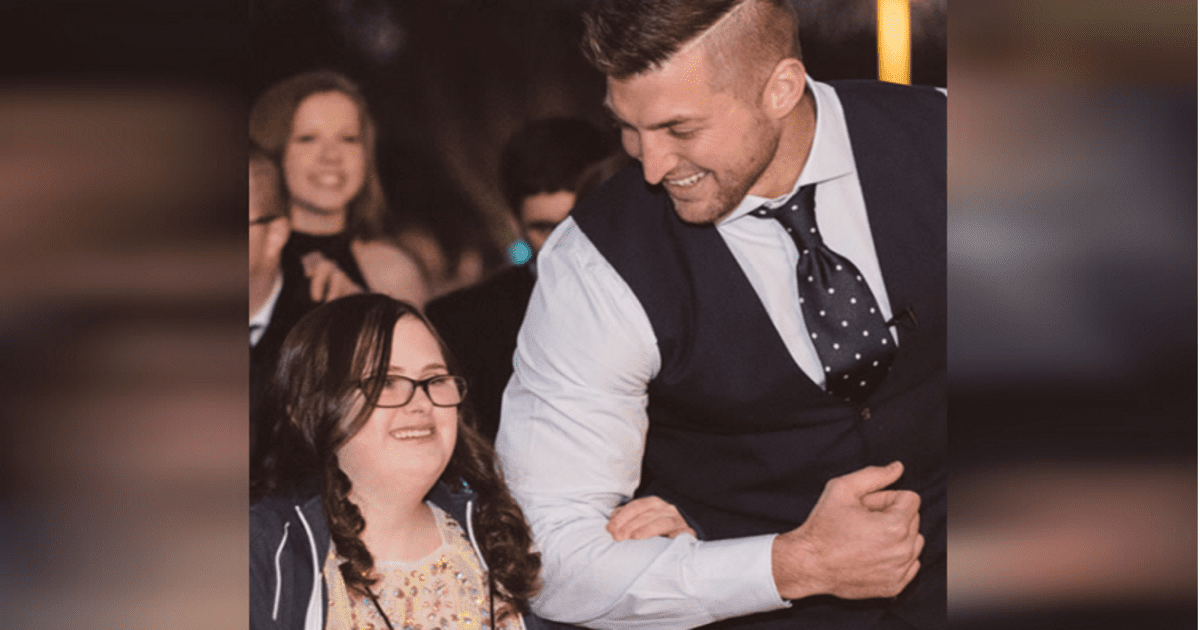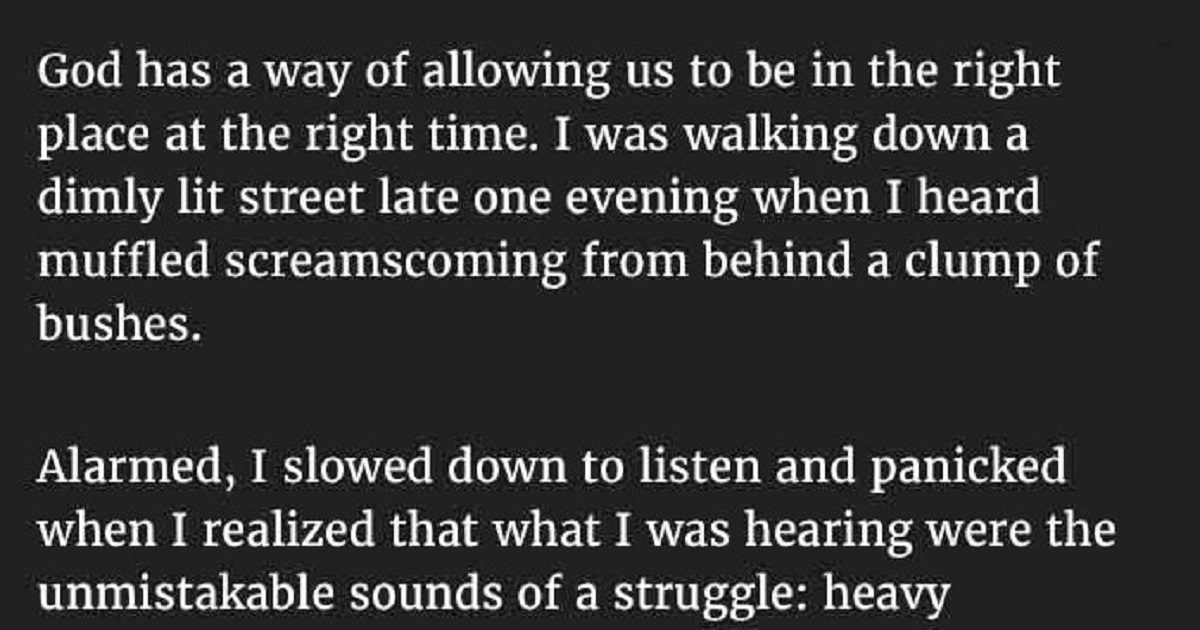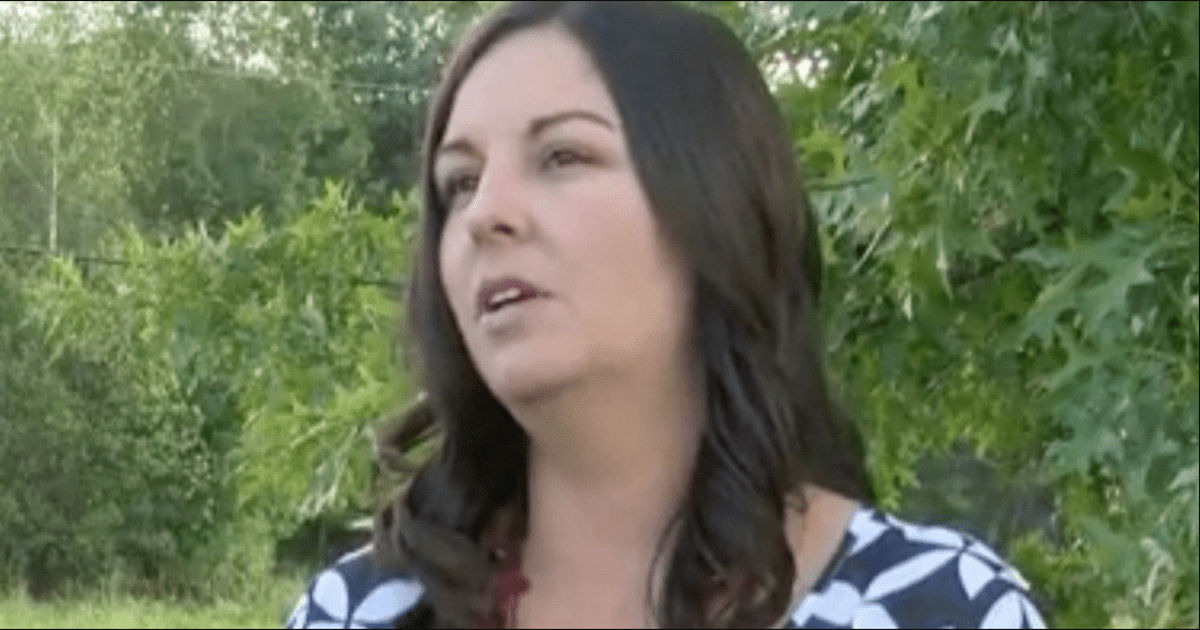On the morning of June 17, 2004, Nathaniel Woods and his friend Kerry Spencer had an argument with two cops. Woods had a previous encounter with one of them, Carlos Owen. Hours later, after Woods threatened Carlos Owen, those same cops, along with two more, returned to the house upon discovering Woods had a misdemeanor assault warrant.

What happened next is the subject of much debate. When the police arrived at Woods’ house, Woods immediately ran away. Spencer on the other hand was holding a gun. He said in an interview, “I’m in a crack house. We sell dope. This is what we do. You always have to have your gun on you at the ready if you’re inside that f–king apartment.” When the police arrived at the house, he opened fire on them. He killed three officers and injured one. Spencer made his way to a neighbor’s attic and hid there which is opposite to what Wood wrote in his letter that said “[he was] found sitting on a nearby porch, apparently ‘very relaxed’ and carrying two .22 caliber bullets in his pocket.”

Woods is said to have bragged about the shootings, even though he didn’t actually pull the trigger. Upon being taken into custody, Spencer didn’t say anything but eventually wanted the police to know that Wood hadn’t murdered anyone.

The trial of Woods was a farce. Despite being held in an all-Black city, the prosecutors were able to secure an entirely white jury for their case. The prosecution claims that while Spencer actually murdered the policeman, it was Wood who lured them to their deaths.
They are both charged with capital murder despite the fact that Wood never touched or picked up any weapons. Though Spencer freely admitted to doing it, in both trials and to the letter sent to Alabama’s Governor, Wood only received the death penalty. The jury voted to sentence Spencer to life in prison without parole.

Woods’ jury voted 10-2 in favor of the death penalty because they never heard Spencer’s claim that it was self-defense. The execution procedure in Alabama is one of the few states that allow for a non-unanimous vote to end. The New York Times documentary covers what happened to Woods after he was arrested, including the events that led up to his trial and conviction. Woods was failed by a racist justice system, but this documentary will hopefully chip away at it just slightly.
If you know someone who might like this, please click “Share”!


